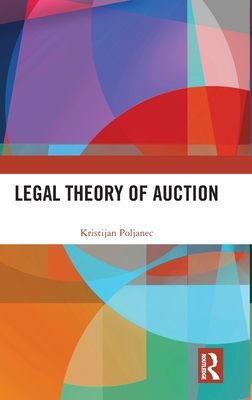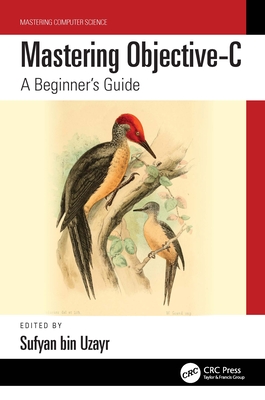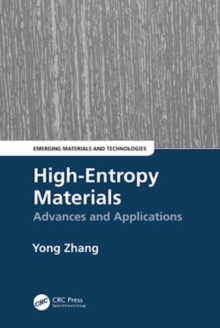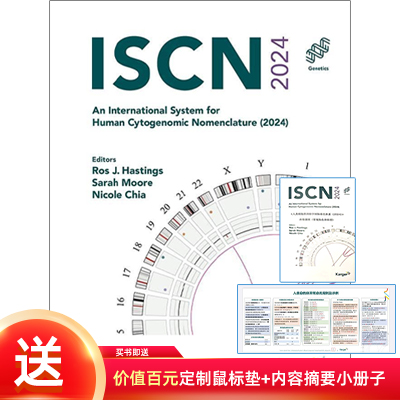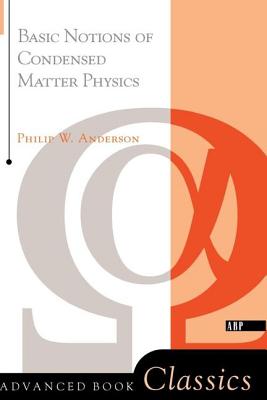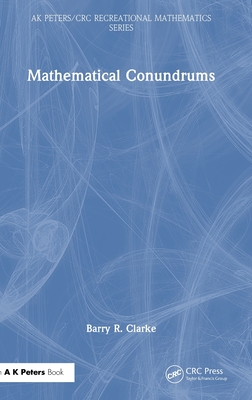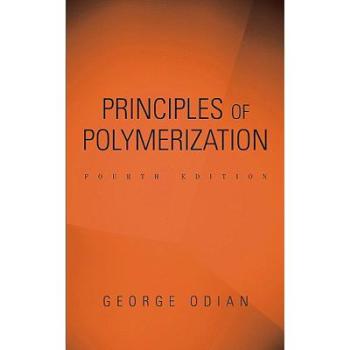图书简介
The widespread understanding of auction structure considers auction as consisting of three contracts: contract between the seller and the auctioneer, contract between the auctioneer and the buyer and the sale contract between the seller and the buyer. The book challenges this concept, arguing that the traditional tripartite concept of auction is too narrow and does not correspond to the actual structure of auction relations.Demonstrating that an auction structure consists of a plethora of legal relationships, including noncontractual relations, this book explores the legal concept of auction sale and the structure of accompanying relations. The book provides a historical overview of auctions and different auction models. Following a brief introduction to the economic theory, auction models are examined against the following legal criteria: price formation, publicity, parties’ autonomy, legal form and applied technology to find a legal concept and nature of auction. The book explores the legal position of key auction figures and auction objects to identify the categories of legal relations that appear at auction. It explores the legal nature of the main contract, as well as the relations between the consignor and the auctioneer, the auctioneer and the bidders, the bidders themselves, the consignor and the bidders. The book covers relations arising from droit de suite, financial and bidding agreements to provide a comprehensive overview of lesserknown legal relations that commonly arise in auction practice.
Preface List of acronyms Table of cases Table of legislation Introduction Price-determination methods Brief note on the auction history The rationale for this book About the comparative legal method adopted in this book Lack of comparative researches Local character of auction sales Self-regulatory character of auction rules Fragmentary character of auction law The comparative method The objectives of the comparison Contents of this book and the problems covered Defining the legal concept of auction Defining the structure of auction relationships Defining the legal concept of internet auction Filling the gaps in the EU resale right regime Defining the legal nature of auction guarantees and the influence thereof on the position of the auctioneer Finding a demarcation line between licit and illicit priceinfluencing tactics at auction 1 Legal concept of auction Introduction Economic concept of auction Models One-sided and double-sided auctions Private value and common value auctions Open-bid auctions and sealed-bid auctions Revenue equivalence theorem The theorem The critics of the theorem Legal concept of auction Typical models Ascending (English) auction Features Public and private auctions Written and oral auctions Absentee bids Limited and unlimited absentee bids Descending (Dutch) auction Features Subcategories Is Dutch auction an auction at all? Auction and auction-like bidding mechanisms Games of chance and auctions ’Controlled’ uncertainty No risk of losing the stake Purpose Competitive bidding Public procurement and auction Stock exchange and auction Auction and the public promise of a reward Interim conclusion 2 Auction relationships Introduction Auction participants Seller Auctioneer The notion Consigned and property auction Bidders Objects Legal relationships at English auction Consignment agreement Continental law Intermediation Representation Direct representation Indirect representation Auctioneer acting as sole contractor Ambiguities concerning representation Rights and duties of the auctioneer Fiduciary duties of the auctioneer Personal engagement in carrying out the mandate Avoidance of conflict of interest Adherence to the consignor’s instructions Receipt of the price Rights Brokerage fee Damages Advances Anglo-American law Agency Rights and duties of the auctioneer The authority of the auctioneer Fiduciary duty Personal engagement of the auctioneer Receipt of the price Rights Brokerage fee Indemnities Relationship between the auctioneer and the bidders Continental law Anglo-American law The relationships between the bidders Contract of sale Continental law Theory of invitation The existence of an offer The effect of the last (in)valid bid for previous bids Higher bid Duration of a bid Notification of the knock-down Auction sale with a ’retention of higher offer’ clause (in diem addictio) Legal implications of the auction sale Transfer of risks and conveyance of property The reserve price Anglo-American law Sale with reserve Conditional auction Sale without reserve (absolute auction sale) Sale without restrictions Transfer of risks and conveyance of property Legal relationships (Dutch auction) Interim conclusion 3 Internet auction Introduction The legal concept of internet auction Internet auction and other distance sales Auction models English (ascending) and Dutch (descending) auction Sealed-bid auctions Live auctions and combined internet auctions Business-to-consumer auction Consumer-to-consumer auction Business-to-business auction Business-to-administration (business-to-government) auction Government-to-consumer auction Proprietary and intermediary auctions User-to-customer and auctioneer-to-customer auctions ’Pay-to-sell’ and ’pay-to-buy’ auctions Differences between internet and physical auction Auction platform as a neutral intermediary Auction platform as an auctioneer The agency character of an auction platform Virtual knock-down: functional equivalent to the traditional fall of the hammer Closing remarks Disadvantages of internet auctioneering Anonymity Risks of mistakes Security risks Delocalisation of auction sale and the problem of applicable law The Rome I Regulation The general regime for (internet) auction sales Special regime for consumer (internet) auctions The jurisdiction: principle of forum loci acti Platform’s immunity from liability Legal relationships User framework agreements Individual user agreements Seller-auctioneer relationship Bidder-auctioneer relationship Contract for sale Interim conclusion 4 Auction and the EU artist’s resale right Introduction Origins of the resale right Civil-law and common-law views on the resale right Civil law Moral grounds for the introduction of the resale right Need to fight social inequalities Common law Utilitarian theory of copyright Free alienation of personal property EU Resale Right Directive The legislative history Scope of application of the EU resale right Notion and legal nature of the resale right Transactions subject to resale right Professional art sales Is an internet auctioneer an ’art market professional’? Sales exempted from the resale right Persons liable for payment Seller’s liability -the principal model Alternative liability regimes The auctioneer’s liability for payment of royalty Circumvention of strictness of liability rules via indirect representation The ’passing-on’ of the royalty Works covered by the resale right Claim for payment of royalty The establishment of the royalty claim Basis for calculation Deduction of auctioneer’s fees from the calculation basis? Calculation, collection and management of the royalty Persons entitled to royalty Disclosure requirements Interim conclusion 5 Auction guarantees Introduction Auction guarantees Types of auction guarantees In-house guarantees Third-party guarantees Irrevocable bid (stand-by guarantee) Legal nature of auction guarantees Auction guarantee and unilateral promise to buy Auction guarantee and ’restitute or buy’ contract Conditional private-treaty sale Auction guarantees at continental auction sales Impact of the auction guarantees on the art market Auction guarantees meet critics Economic advantages of auction guarantees Reforming the auction guarantees Collective funding campaigns: alternative to auction guarantees? Interim conclusion 6 Price-influencing tactics Introduction Sham bidding Civil-law aspects Continental law Knock-down to the best bidder Annulment Convalidation Knock-down to the seller or puffer Anglo-American law Knock-down to the best bidder Annulment Convalidation Punitive damages Knock-down to the seller or puffer Competition-law aspects Continental law Person entitled to seek damages Person liable for damages Scope of damages Anglo-American law Proving causation and measure of damage in antitrust cases Abstention agreements (’bid-rigging’) Abstention from bidding for the benefit of a single bidder (pactum de non licitando) Civil-law aspects Continental law Annulment of the sale Convalidation Anglo-American law Annulment of the sale Convalidation Competition-law aspects Continental law Anglo-American law Bid-rigging for the joint account of several bidders (’auction rings’) Damages under civil law Damages under competition law Bona fide partnership for the joint account of bidders (buyers’ consortium, Bietergemeinschaft, Einkaufsgemeinschaft, convention d’association) Interim conclusion Conclusion Bibliography Index
Trade Policy 买家须知
- 关于产品:
- ● 正版保障:本网站隶属于中国国际图书贸易集团公司,确保所有图书都是100%正版。
- ● 环保纸张:进口图书大多使用的都是环保轻型张,颜色偏黄,重量比较轻。
- ● 毛边版:即书翻页的地方,故意做成了参差不齐的样子,一般为精装版,更具收藏价值。
关于退换货:- 由于预订产品的特殊性,采购订单正式发订后,买方不得无故取消全部或部分产品的订购。
- 由于进口图书的特殊性,发生以下情况的,请直接拒收货物,由快递返回:
- ● 外包装破损/发错货/少发货/图书外观破损/图书配件不全(例如:光盘等)
并请在工作日通过电话400-008-1110联系我们。
- 签收后,如发生以下情况,请在签收后的5个工作日内联系客服办理退换货:
- ● 缺页/错页/错印/脱线
关于发货时间:- 一般情况下:
- ●【现货】 下单后48小时内由北京(库房)发出快递。
- ●【预订】【预售】下单后国外发货,到货时间预计5-8周左右,店铺默认中通快递,如需顺丰快递邮费到付。
- ● 需要开具发票的客户,发货时间可能在上述基础上再延后1-2个工作日(紧急发票需求,请联系010-68433105/3213);
- ● 如遇其他特殊原因,对发货时间有影响的,我们会第一时间在网站公告,敬请留意。
关于到货时间:- 由于进口图书入境入库后,都是委托第三方快递发货,所以我们只能保证在规定时间内发出,但无法为您保证确切的到货时间。
- ● 主要城市一般2-4天
- ● 偏远地区一般4-7天
关于接听咨询电话的时间:- 010-68433105/3213正常接听咨询电话的时间为:周一至周五上午8:30~下午5:00,周六、日及法定节假日休息,将无法接听来电,敬请谅解。
- 其它时间您也可以通过邮件联系我们:customer@readgo.cn,工作日会优先处理。
关于快递:- ● 已付款订单:主要由中通、宅急送负责派送,订单进度查询请拨打010-68433105/3213。
本书暂无推荐
本书暂无推荐
